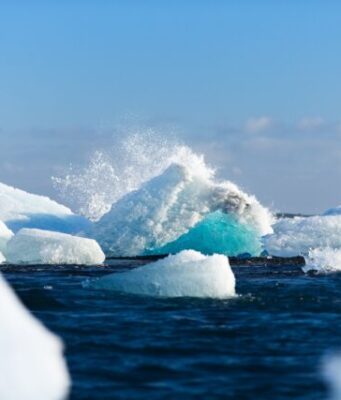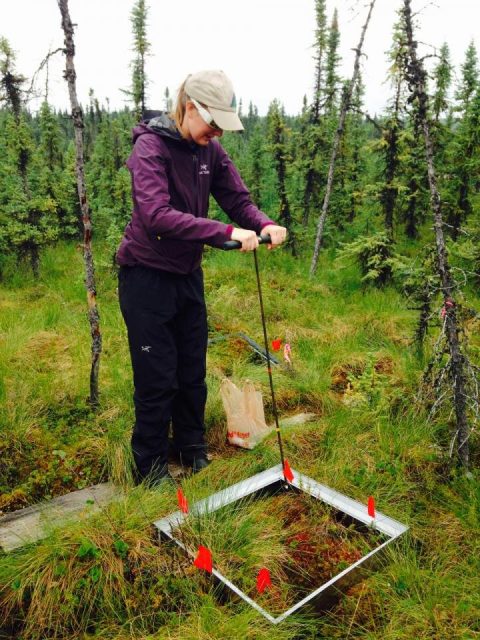More than 50% of the world's oceans could already be affected by climate change, with this figure rising as high as 80% over the coming decades, a new study has shown.https://5ea59e6320b15257b531b86da92c9122.safeframe.googlesyndication.com/safeframe/1-0-37/html/container.html
Scientists used climate models and observations in deeper areas of ocean worldwide to...
Nearly 40 years of satellite data from Greenland shows that glaciers on the island have shrunk so much that even if global warming were to stop today, the ice sheet would continue shrinking.
The finding, published today, Aug. 13, in...
Historically, coal-fired power plants were the largest source of reactive sulfur, a component of acid rain, to the biosphere. A new study recently publishing Aug. 10 in the journal Nature Geoscience shows that fertilizer and pesticide applications to croplands are now...
A new study, published this week in the journal Nature Climate Change, supports predictions that the Arctic could be free of sea ice by 2035.
High temperatures in the Arctic during the last interglacial—the warm period around 127,000 years ago—have puzzled...
Glaciers in the Southern Alps of New Zealand have lost more ice mass since pre-industrial times than remains today, according to a new study.
Research led by the University of Leeds, in collaboration with the National Institute of Water and...
The unprecedented fall in greenhouse gas emissions from lockdowns during the pandemic will do "nothing" to slow climate change without a lasting switch from fossil fuels, an international team of researchers said Friday.
Global emissions from the burning of coal,...
The St. Patrick Bay ice caps on the Hazen Plateau of northeastern Ellesmere Island in Nunavut, Canada, have disappeared, according to NASA satellite imagery. National Snow and Ice Data Center (NSIDC) scientists and colleagues predicted via a 2017 paper...
A team of scientists led by UK Met Office has achieved a scientific breakthrough allowing the longer-term prediction of North Atlantic pressure patterns, the key driving force behind winter weather in Europe and eastern North America. CMCC scientists Panos...
Alaska is getting wetter. A new study spells out what that means for the permafrost that underlies about 85% of the state, and the consequences for Earth's global climate.
The study, published today in Nature Publishing Group journal Climate and Atmospheric...
A new study led by researchers at The Australian National University (ANU) provides a clearer snapshot of conditions during the last ice age—when global ice sheets were at their peak—and could even lead to better models for future climate...
A big advance in carbon capture technology could provide an efficient and inexpensive way for natural gas power plants to remove carbon dioxide from their flue emissions, a necessary step in reducing greenhouse gas emissions to slow global warming...


















